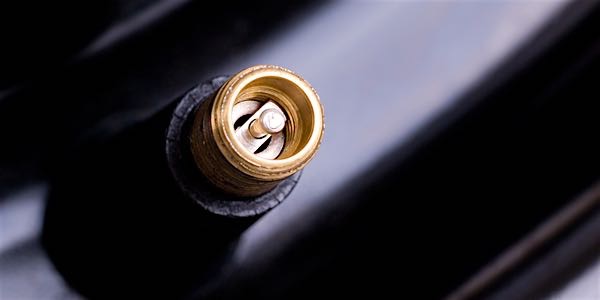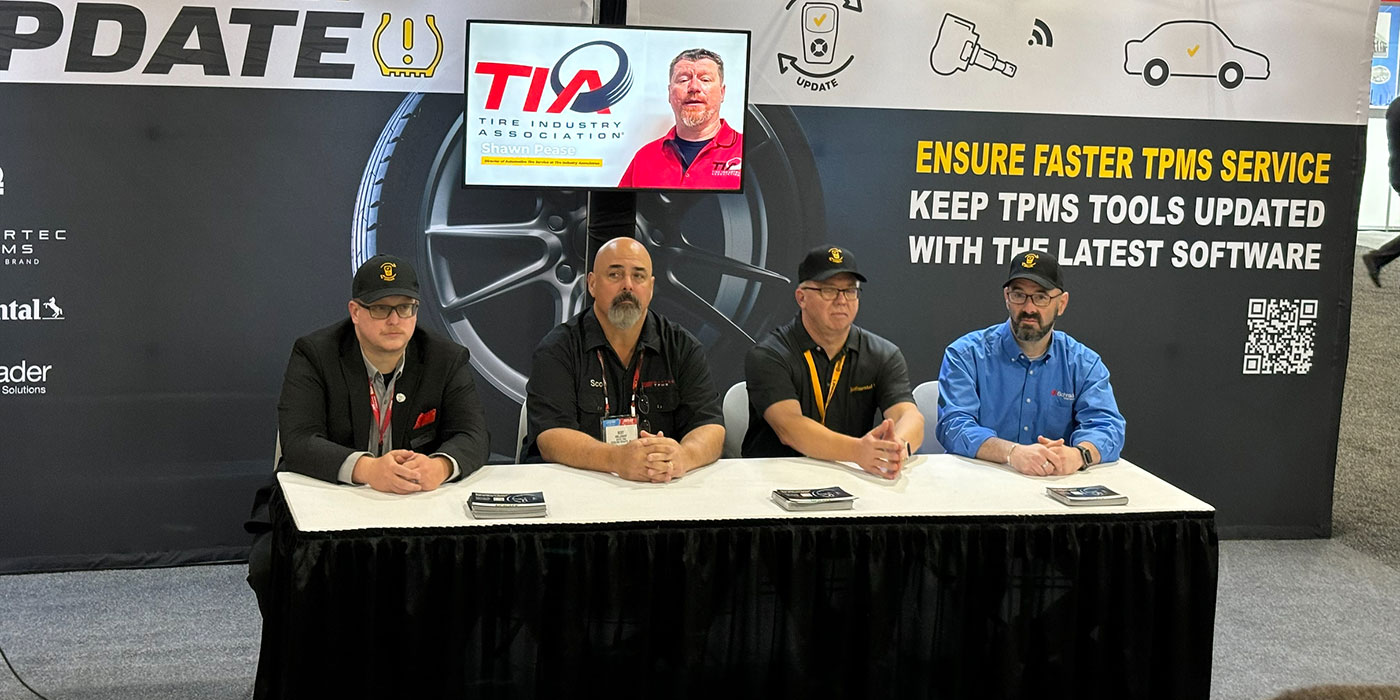The installation of snow tires can throw a monkey wrench into your service opportunities this winter if you’re not accustomed to dealing with TPMS. The laws regarding TPMS service are clear when it comes to what is, and what isn’t, proper protocol. Because these sensors are essential components for maintaining adequate air pressure, technicians are forbidden from tampering with TPMS or making it inoperative.
Here are some tips every shop should know about winter tire installation and service.
Never Make TPMS Inoperative
Always test and document the condition of TPMS sensors when a customer comes in for any kind of work on their tires. If there is one rule repair shops should hold above all others when servicing TPMS, it is this: “Never make working TPMS sensors inoperative.” This falls under the NHTSA’s guidelines that prohibit “manufacturers, distributors, dealers or motor vehicle repair businesses from knowingly making inoperative, in whole or in part, any part of a device or element of design installed on or in a motor vehicle in compliance with an applicable motor vehicle safety standard.”
If a customer comes in to get a set of winter tires with functioning TPMS installed, you’re never permitted to replace these sensors or disable their functionality with snap-in rubber valve stems. While your customer may see this replacement as a way to save some money and hassle, swapping out functioning sensors could make your shop liable for tire and safety issues down the road. Along with the provision prohibiting shops from making TPMS sensors inoperative, technicians are also prohibited from disabling any Malfunction Indicator Lamps (MIL) pertaining to TPMS.
Switching Out Sensors
If a shop is tasked with replacing summer wheels with winter ones, the condition of the summer tires’ sensors matter. If the summer tires have working sensors, it is illegal to replace them with winter tires that do not have functioning sensors. A shop has a couple of options within this scenario: It can install the sensors from the summer tires onto the winter tires (if compatible), or it can sell the customer new sensors for the winter tires. There is no scenario where a shop can avoid installing working sensors if a vehicle has working sensors when it rolls into your bays.
Should You Switch Sensors or Recommend a Second Set?
While you can’t make decisions for your customers, it is your job as a repair professional to give the best advice possible for maintaining winter tires. As stated previously, you can either install existing sensors onto winter tires or have your customer buy a new set. Most experts recommend that customers have a second set for use just with the winter tires because the changeover is easier, and therefore, less expensive in the long run. However, installing a new TPMS service pack for each tire changeover is recommended since road salt and deicing compounds can degrade TPMS components and lead to a weak seal over time.
About the Relearn
Relearns are frequently required when changing sensors from one set of tires to another — especially when the sensor position changes on the axle. Customers who mount their own tires may also come in to have their sensors relearned. Make sure everyone in your shop has the proper tools and training to service TPMS if they will be called on to work on these systems, as efficiency is key for ensuring profitability and avoiding comebacks. Note: Always check your customer’s vehicle for a full-size spare when working on TPMS. A number of vehicles are now equipped with a spare that has TPMS, so it is imperative that all tires are serviced properly.
A Word on Selling Service
As with every service, tire and TPMS work sometimes comes with pushback from the customer. It is important to remind drivers that properly inflated tires are essential for safe driving and fuel savings. It is estimated that vehicles lose 1% of their fuel economy for every 3 lbs. a tire is under its recommended psi. To put that into perspective, tire pressures will change about 2%, or about 1 psi, for each 10° F drop in temperature. So, as the seasons change, and as 80º F dips to 20º F, that could mean a difference of 6 psi, a drop in fuel economy and an illuminated TPMS warning light.














